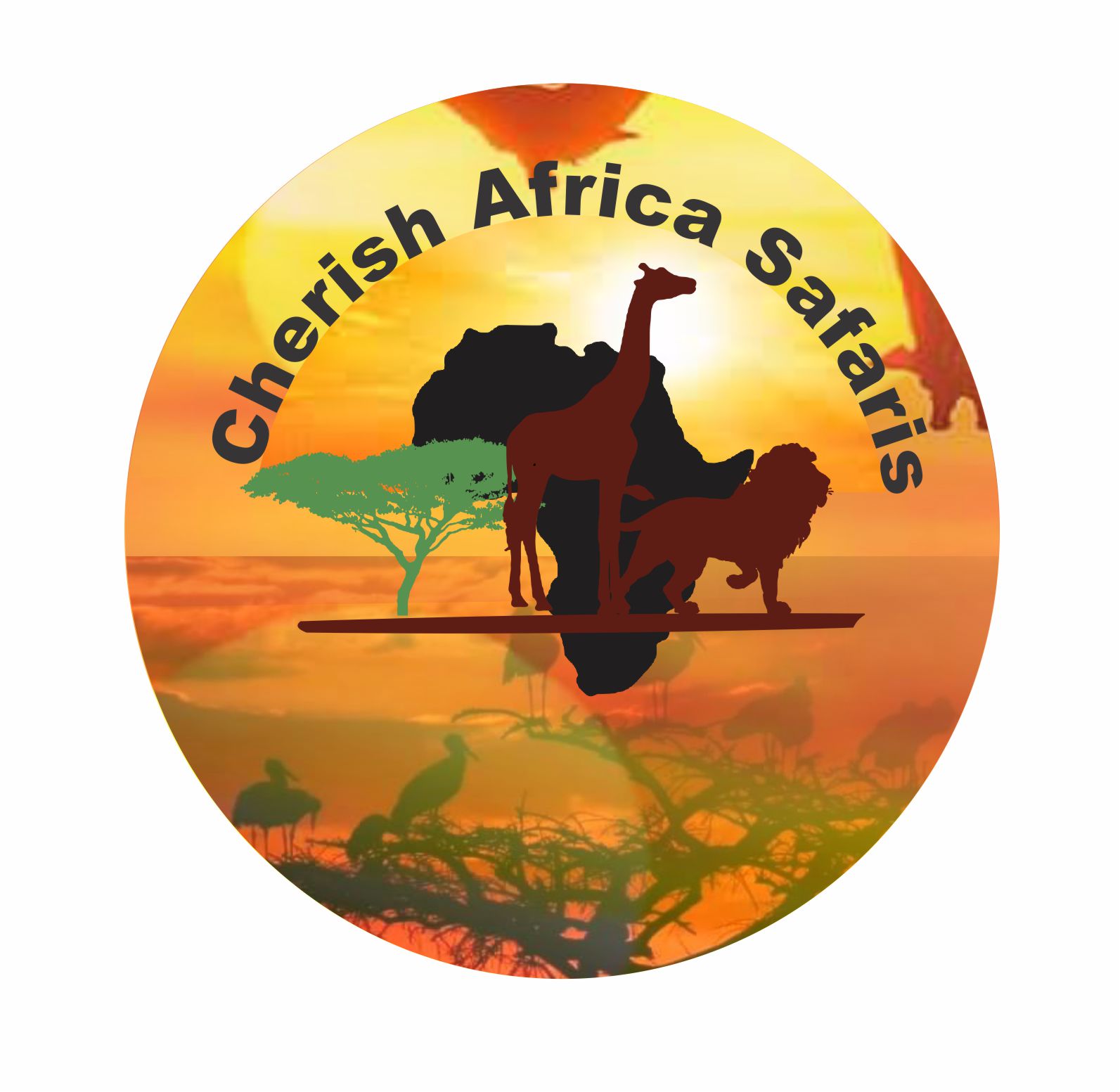
Africa is a continent rich in biodiversity, home to some of the most iconic wildlife species in the world. Among them are the “the Big Five and the Small Five,” terms are synonymous with the continent’s unique fauna. The Big Five refers to five of Africa’s most famous and revered animals: the African Elephant, Cape Buffalo, Leopard, Lion, and Rhinoceros. These animals were historically named the Big Five by big game hunters due to their size, power, and the danger involved in hunting them.
The Big Five
The African Elephant is the largest land animal on Earth, known for its intelligence, social structure, and impressive tusks. The Cape Buffalo is a robust creature with a reputation for being unpredictable and formidable when threatened. The Leopard, an elusive and solitary predator, is renowned for its beautiful spotted coat and climbing ability. The Lion, often called the “King of the Jungle,” is a symbol of strength and courage. Lastly, the Rhinoceros, with its distinctive horned snout, is a powerful symbol of conservation due to its endangered status.
The Small Five
In contrast to the Big Five, the Small Five are lesser-known but equally fascinating. They include the Elephant Shrew, Leopard Tortoise, Ant Lion, Rhino Beetle, and Buffalo Weaver. These creatures may be small in size, but they are significant in their ecological roles and the biodiversity of the African landscape.
The Elephant Shrew, a small insectivorous mammal, is named for its elongated nose, reminiscent of an elephant’s trunk. The Leopard Tortoise carries a shell with patterns similar to the spots of a leopard. The Ant Lion is an insect known for its predatory larval stage, which traps ants in conical pits dug into the sand. The Rhino Beetle, named for its horn-like projections, is one of the largest beetles and is known for its impressive strength. Lastly, the Buffalo Weaver is a bird that displays remarkable social behavior in its communal nesting habits.
Both the Big Five and Small Five are integral to Africa’s ecosystems and are a testament to the continent’s rich natural heritage. They attract wildlife enthusiasts and conservationists from around the globe, all eager to witness these remarkable animals in their natural habitats. The Big Five and Small Five are not just a list of animals; they represent the beauty, diversity, and complexity of African wildlife.
Conclusion
As we marvel at the majesty of the Big Five and the intriguing nature of the Small Five, it’s crucial to remember the importance of conservation efforts to protect these species for future generations. Each animal plays a vital role in the ecological balance and offers insights into the interconnectedness of life on Earth. Whether on a safari or through educational resources, learning about these animals encourages a deeper appreciation for wildlife and the need for its preservation.


